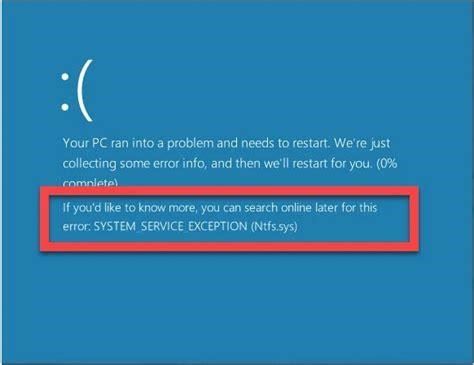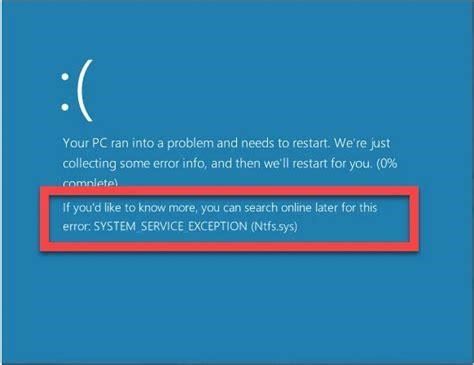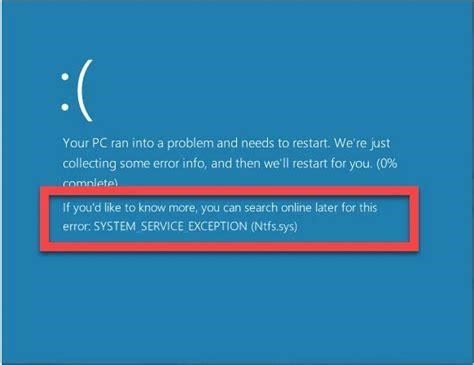Mastering File Organization in Windows
Tired of Windows automatically grouping your files into Today, Yesterday, and other time-based folders? As veteran Windows users, we totally get the frustration. While this feature aims to organize your storage, it often does the opposite by hiding files from plain view.
Fortunately, you can easily disable this auto-grouping and take full control of your file system. In this comprehensive tutorial, we’ll walk through customizing File Explorer to match your personal preferences. You’ll learn insider tips to stop Windows from overriding your painstaking folder structure.
Ready to become a file organization pro? Let’s get started!
Disabling Auto Date Grouping
The first step to customizing File Explorer is disabling the automatic date grouping. Here’s how:
- Open File Explorer through the taskbar or desktop shortcut.
- Click the “View” tab in the ribbon menu.
- Select the “Group by” dropdown menu.
- Choose “None” to remove all grouping options.
Following these simple steps stops Windows from organizing your files based on date created or modified. Hooray for a clean folder view!
But wait, you might notice date grouping still occurs in certain folders. This is because some folders retain individual view settings. To apply your changes everywhere, do this:
- Click “Options” in the top right of the ribbon.
- Go to the “View” tab in the “Folder Options” window.
- Click “Apply to Folders” to confirm the new view.
Now "None" grouping should stick for all folders. Customize to your heart’s content without pesky Windows reversals.
Removing Other Annoying Groupings
Disabling date grouping is just the beginning. You can eliminate other bothersome auto-organizations too.
Let’s say you want a clean alphabetical view without file type grouping. Here’s what to do:
- Right-click inside the target folder.
- Select “Group by” and choose “(None)”.
This removes all grouping for that specific folder. Repeat as needed to clear clutter from your frequently used directories.
Pro tip: To keyboard warriors, this shortcut saves mouse clicking:
- Press Control+Shift+G to access grouping options.
- Select “(None)” with arrow keys.
- Hit Enter to apply.
Fast folder view tweaks? Yes please!
Advanced Customization Tricks
Power users require next-level customization. Beyond grouping, File Explorer lets you configure a myriad of options per folder:
- Show/hide navigation pane and preview pane
- Adjust icon size and spacing
- Enable/disable snap to grid
- Choose compact vs. detailed layout
- Sort by name, date, size, etc.
- Filter specific file types
Explore each setting under the "View" and "Layout" tabs. Craft a unique view for your workflows. Some examples:
- Massive icons with details pane to preview documents
- No icons, details only to maximize info
- Grid alignment for galleries of images/videos
Save Custom Layouts
Tweaking an optimal view takes time. Save yourself the effort by creating folder templates:
- Customize a folder’s layout to perfection.
- Click “Templates” >”Save Current Folder as Template”.
- Name and save the template.
Later, choose "Templates" > "Apply Template" to reuse your layouts. Now that’s efficient organization!
Pro tip: Assign keyboard shortcuts like Control+1 or 2 to quickly access your favorite templates.
Achieve Folder Organization Mastery
With this guide’s tips, you can seize total control over Windows’ file organization. No more endlessly fighting against unhelpful default groupings and layouts. Customize every aspect to enable your maximum productivity.
We hope these best practices help you organize files your way – the right way. Which tricks are you most excited to try? Let us know in the comments! We’d love to hear how power users are customizing File Explorer for their needs.




